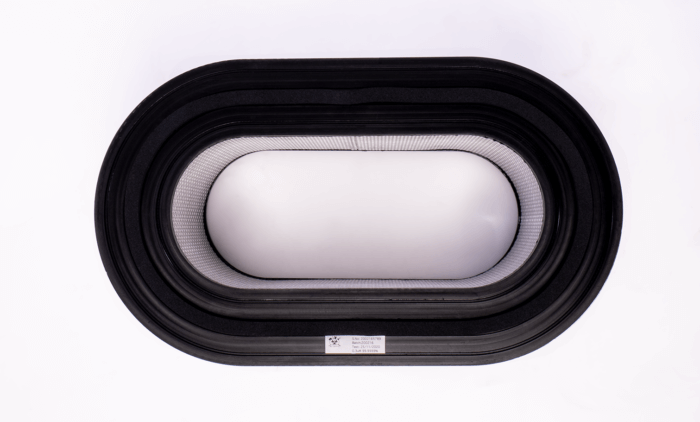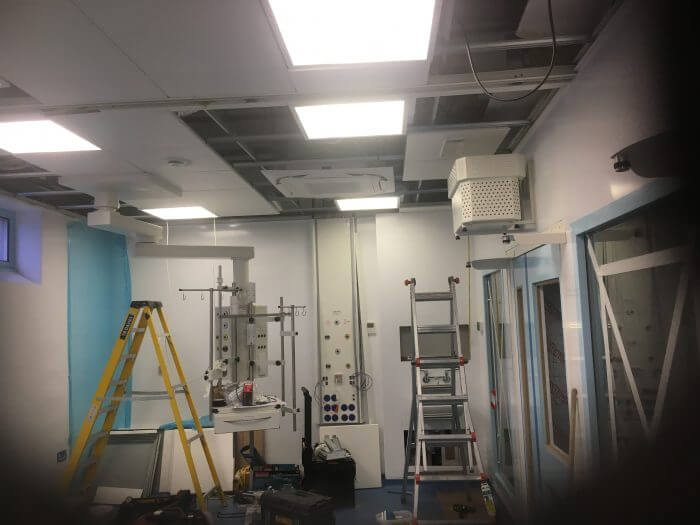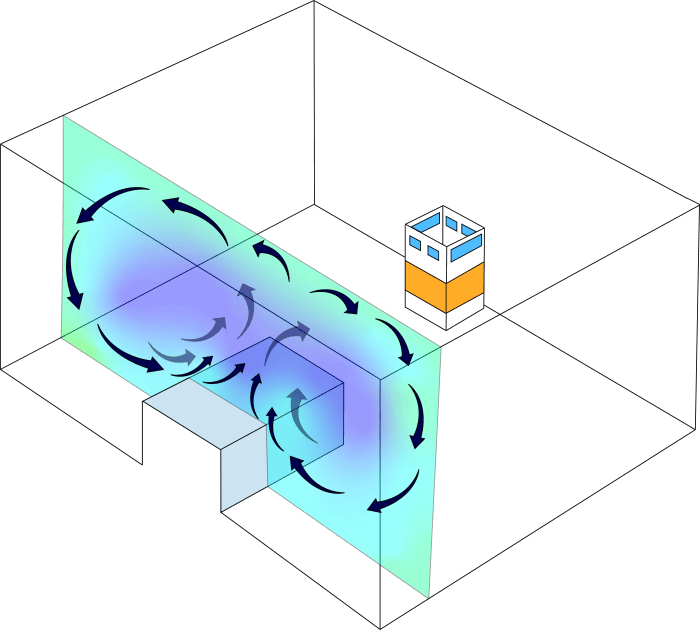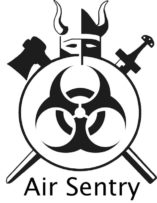Intensive Care
The modern intensive care environment is part of the technical frontline in the treatment of severely ill patients.
Staff are well trained and technically literate, well able to adjust the multitude of support technologies utilised, as they strive to give care to their patients.
1. Air Dilution
Air is theoretically changed a number of times an hour to maintain room air as dilute.
This works well when it has been implemented correctly as a low level of any disease in the air is difficult to catch. The inlet should be in one ceiling corner, pushing ‘fresh air’ over the room and patient area with the outlet in the bottom opposing corner. This means the air change occurring is diagonal across the room, and the air change is actual, it really is changing the air 12 times an hour.
Historically though, very few rooms have air ducting installed in the optimal way. The inlet tends to be in one ceiling corner and the outlet is mounted also on the ceiling, meaning the air flow being measured is across the ceiling. In this situation the actual air change rate may far below what the hospital thinks it has achieved.

Air Sentry® operates in exactly the same way as the conventional approach intends to use. It pulls air down, towards the high grade filtration, returning Ultra Clean™ air over the patient area.
Ultra Clean™ is an essential aspect of the dilution achieved because most ‘fresh air’ being used is not that clean, often the air has reasonably high levels of external air pollution.
Air Sentry® uses a unique five stage filtration process, which not only removes all known pathogens, including coronavirus and droplet nuclei, but also uses a defence grade activated carbon to remove chemical hazards. These may be from external air pollution but also can be produced from anaesthetic agents, diathermy etc.
2. Negative Pressure
Negative pressure is used for infectious patients.
Air is pulled out from the room, normally through a HEPA filter, to be exhausted to the external air. This creates a negative pressure in the room which prevents any airborne disease existing.
Using Air Sentry® reduces the level of any disease in room air to near zero however our system can have a negative pressure module supporting it so that both options are available in the one unit.


3. Positive Pressure
Positive pressure protects vulnerable patients from external disease, preventing it entering the room via the air.
It shouldn’t be used with infectious patients as the air can carry disease causing organisms out with it, to be disseminated around an area. For rooms that have been designed for positive pressure use, Air Sentry® can be used to maintain a protective Ultra Clean™ Air environment, protection both staff and patients from disease. Air Sentry® can act as a duct for a positive pressure inlet or have an additional positive pressure module added.
Combining the 3 systems
If required Air Sentry can have all three systems available within one system, allowing the optimal and regulatory compliant approach to be selected, according to each patient need.
It should be noted that the only system that is accepted protects staff in the medical environment is room dilution, which is the approach used by Air Sentry®. Air Sentry® provides a safety net to staff, working on the principle if it isn’t there, you cannot catch it.
